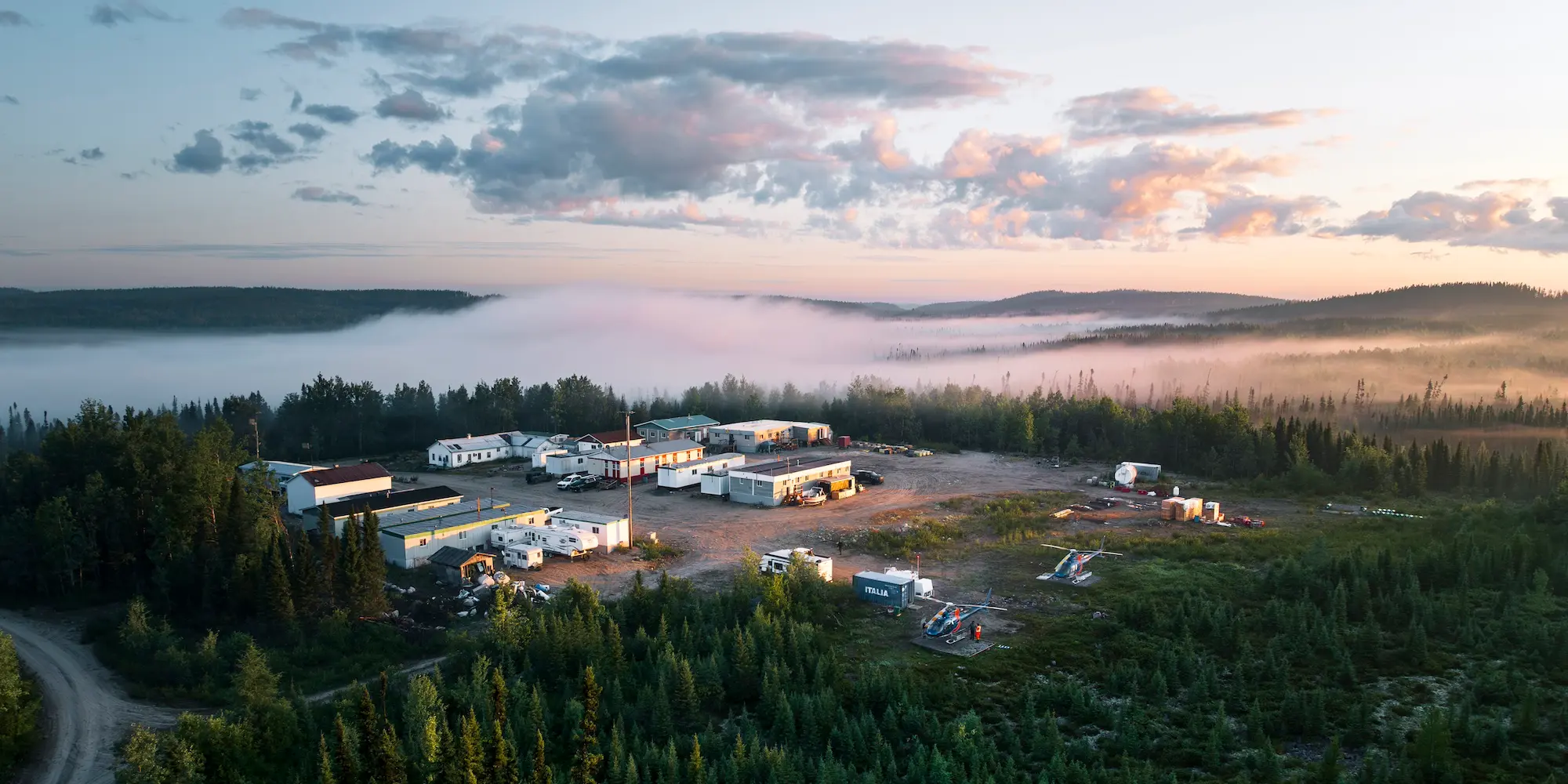Charting New Frontiers: 3D Mapping Lava Tubes to Advance Lunar & Martian Exploration Research

At Fleet Space Technologies, we are driven by a singular mission: to push the boundaries of innovation and science to empower humanity’s exploration of other worlds. This recently brought us to the rugged, volcanic landscape of Lanzarote in the Canary Islands. Alongside researchers from MIT’s Space Exploration Initiative, we pioneered the use of Fleet Space’s smart seismic sensors (Geodes) to deliver real-time 3D mapping of lava tubes - a venture with profound implications for future exploration on the Moon, Mars, and beyond.
LavaTubes: Exploring the Unknown
Lava Tubes, also known as pyroducts, are common geological features in many volcanic areas on Earth, including Lanzarote. The largest on Earth is Kazumura Cave - a 40 mile long lava tube on the big island of Hawaii. Similar structures from extraterrestrial volcanoes could be significantly larger based on orbital images of what are called ‘pits’or ‘skylights’ on the Moon and Mars.
In 2022, NASA’s Mars Reconnaissance Orbiter imaged a pit resembling a vertical shaft near the extinct volcano Arsia Mons, one of many pits found among the three volcanoes in the Tharsis region of Mars. NASA’s Lunar Reconnaissance Orbiter has also found hundreds of pits on the Moon’s surface, raising research questions about the subsurface geology of both worlds with exciting implications for future exploration.

Advancing Space Exploration on Earth
Lanzarote, part of the Canary Islands, presents a striking volcanic landscape shaped by a history of significant eruptions. The terrain is covered with volcanic craters and extensive lava fields, including impressive volcanic tubes like Cueva de los Verdes and Jameos del Agua. It’s a surreal, almost alien environment, and an excellent analog for extraterrestrial landscapes to advance our understanding of planetary geology and prepare for future space exploration.
In collaboration with MIT’s Space Exploration Initiative, the Fleet Space team deployed Geodes from its terrestrial exploration technology, ExoSphere, around and within the Volcan De La Corona and Jameo de la Puerta Falsa lava tubes to deliver 3D mapping of the structure in real-time with no environmental impact. The Geodes leverage an advanced seismic technique called Ambient Noise Tomography (ANT) which listens to natural seismic activity of the Earth to produce 3D subsurface imaging up to 2.5km in depth.

In 2026, Fleet Space will deploy a variant of its ExoSphere technology - SPIDER - on the Moon to search for water ice and unlock geological insights about the lunar regolith. This initiative will further Australia’s bold 7 Sisters mission to deploy cutting-edge technology to find accessible, abundant water on the Moon by 2030. SPIDER is a miniaturised version of an ExoSphere Geode that can operate on one-watt of power, purpose-built for the harsh conditions of the lunar environment. The pioneering use of Fleet Space’s ExoSphere technology at Lanzarote demonstrates a proof-of-concept to unlock new capabilities for explorers to advance a wide range of research pathways on the Moon and beyond.
Foundational Technologies for Future Explorers
Leveraging rapid 3D imaging capabilities from technologies like SPIDER, rovers, landers, or even future astronauts can deploy similar smart seismic sensors around ‘pits’ or ‘skylights’ to generate 3D models of subsurface structures. Insights from this process can inform research efforts to enhance the safety and efficiency of future missions and assess the viability of using these structures (caves, tubes, tunnels, craters) for habitation or research stations.
Naturally occurring structures on the Moon and Mars are advantageous for harboring human life since they provide natural protection from harsh surface conditions such as meteorite impacts, radiation, and extreme temperature fluctuations. 3D imaging capabilities are also vital for infrastructure planning purposes - understanding the composition of structures like lava tubes will aid in the selection of locations of future settlements and long-term missions.
More importantly, technologies like SPIDER will also enable the efforts of future lunar and Martian settlers to understand the subsurface resources they can use to help them survive. Transporting all the provisions and resources settlers will need on a rocket and lander is currently infeasible, given the weight restrictions of interplanetary travel. With the ANT-enabled survey capabilities of SPIDER, settlers will be able to map local resources that can support the development of drinkable water, rocket fuel, or even lunar solar panels - a potentially limitless and sustainable energy source.

Explorers of Worlds
This research initiative in the Canary Islands reflects Fleet Space’s core mission of empowering explorers with technology to expand the frontiers of humanity and build a brighter future. Many technological advances are needed to fulfill global space exploration ambitions, however, a clear roadmap is coming into focus as the collective ingenuity of space industry leaders, forward-looking governments, and academic institutions gains momentum around the world.
Deployment of SPIDER on the Moon in 2026 will be a historical step for Australia’s 7 Sisters mission and the Australian Space Agency’s Moon to Mars: Demonstrator program, delivering new capabilities that can enable the sustainable exploration protocols used by future explorers of new worlds. Our journey to the stars stretches deep into the future, but the research advances and technologies built today are vital links connecting us to the first Martian explorers, and we’re proud to contribute to our planet’s spacefaring heritage.



